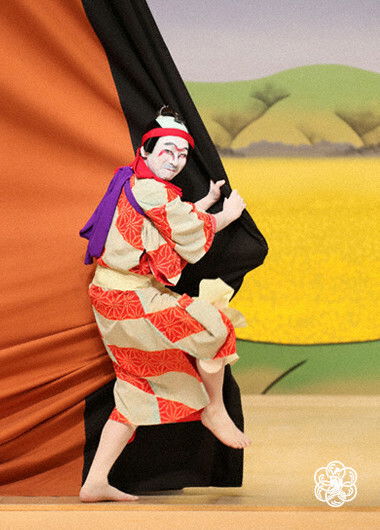Characters
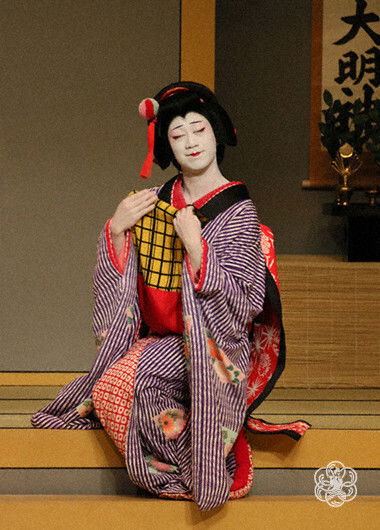
Kabuki character types are grouped by age, occupation, and role in the story. Other characteristics like acting techniques, costumes, wigs, and makeup are also used to make character types recognizable. Being familiar with character types helps the audience understand basic aspects of the show, even if they have not previously seen kabuki.
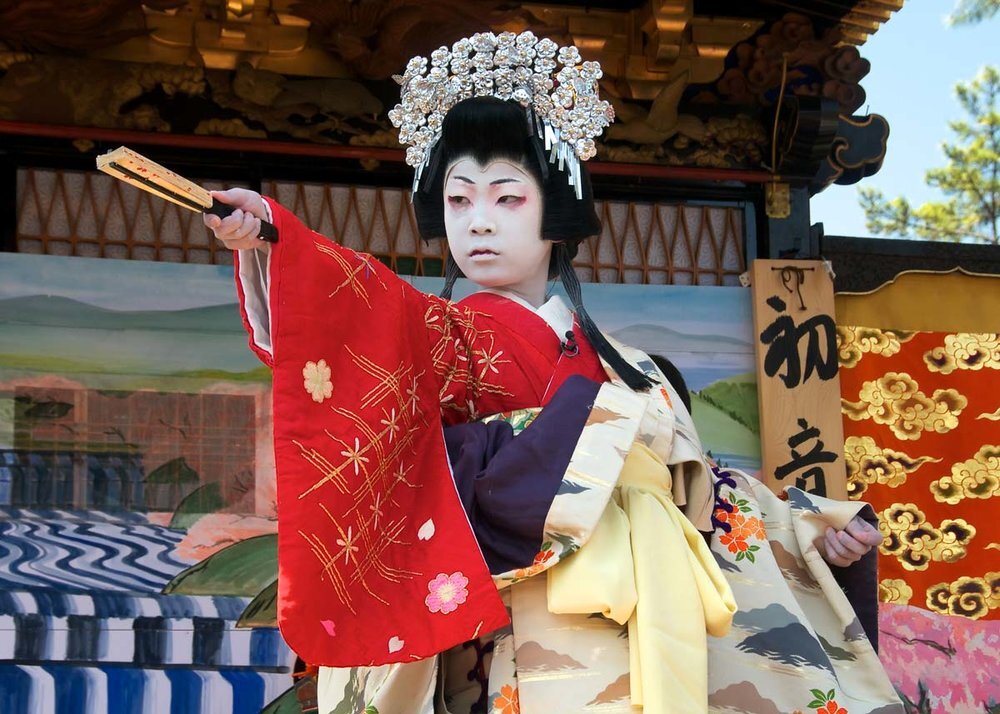
Though kabuki is performed by all male casts, the characters can be male or female. There are men who specialize in playing onnagata (female roles). In addition to wearing feminine makeup, costumes, and wigs, they employ acting techniques that include changing posture, gait, and mannerisms to be perceived as female.
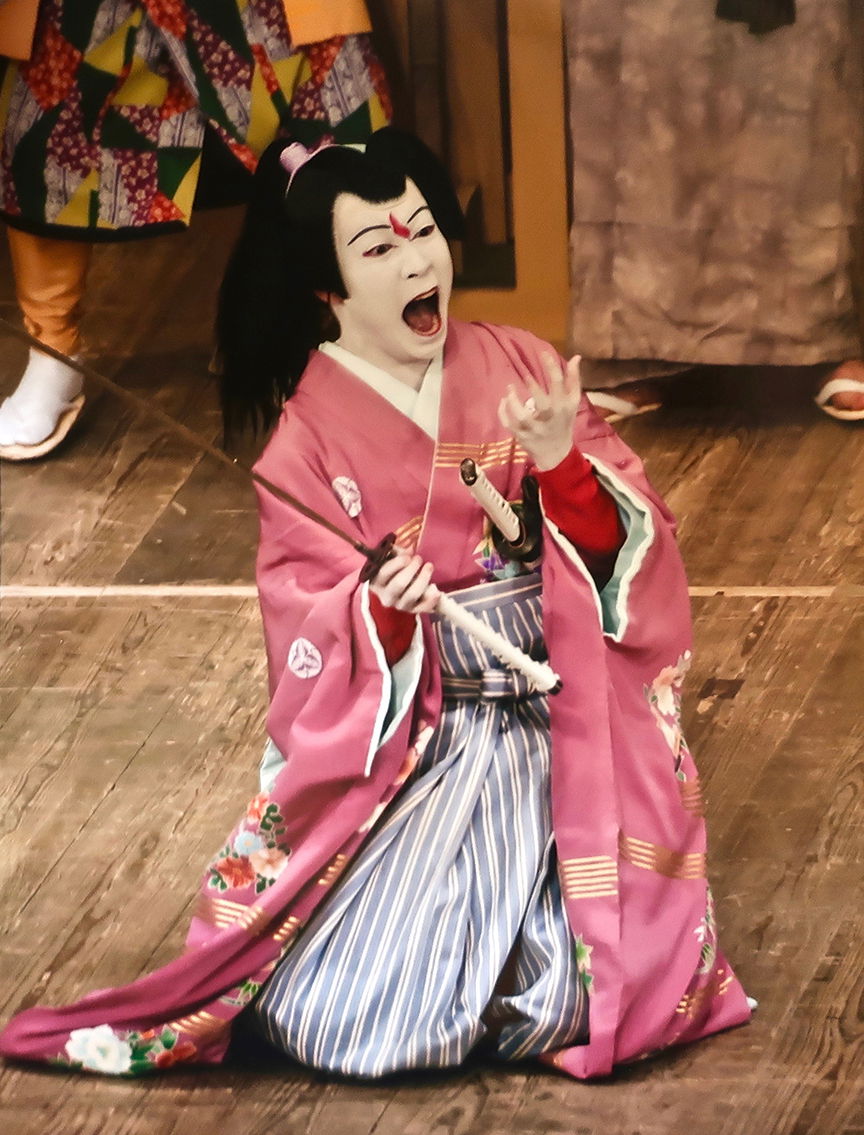
Kabuki character types fit broadly into four categories: onnagata (female roles), tachiyaku (virtuous male roles), katakiyaku (villainous), and other types of yakugara (characters).
Examples of common onnagata include the akahime (elegant, young princess), the machimusume (courageous town girl), the katahazushi (elderly resilient maid of a samurai household), and the sewanyobo (wife who diligently cares for her husband).
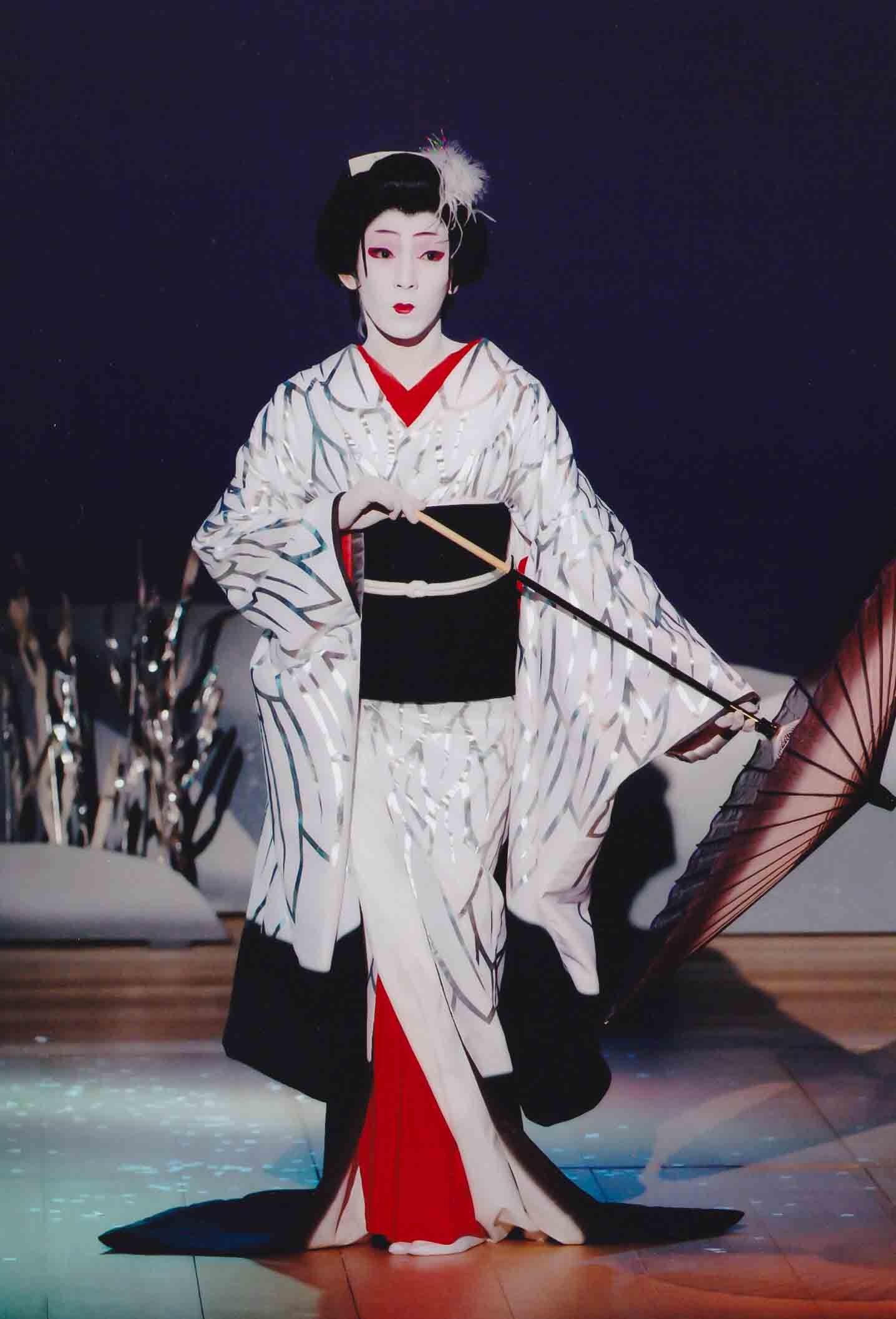
Pictured above: an onnagata performing sagimusume (Heron Maiden) dance
Popular types of tachiyaku include the aragoto (wild yet heroic), wagoto (gentle and graceful), and the jitsugoto (man in his prime). Tachiyaku characters are often main characters and are more fleshed out than onnagata.
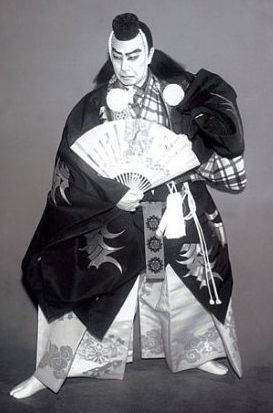
Pictured above: Matsumoto Kōshirō VII, one of Japan's leading tachiyaku actors of the Meiji Period, as Benkei
Some examples of katakiyaku characters include the jitsuaku (supervillain plotting a rebellion), the iroaku (handsome bad guy), and the kugeaku (evil noble). Sorcerers and supernatural beings may also fit into this category.
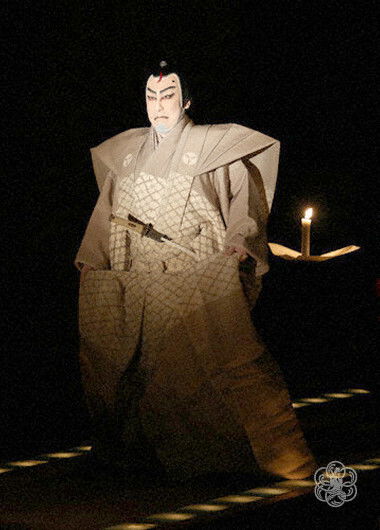
Pictured above: a katakiyaku character from the production "Meiboko Sendai Hagi"
Other yakugara include the dokegata (comedian) who is meant to make the audience laugh, and the wakashugata (pretty young boy).
Pictured above: an example of a dokegata
